
Review by John Bush
Rating: Three Stars (Out of Five)Liza Minnelli recorded with A&M for just a few years, and the period bookends her two biggest early movie appearances -- in 1969's The Sterile Cuckoo and 1972's Cabaret. Minnelli spent her time there distancing herself from her recent past, which had involved standing in the footsteps of her legendary mother, Judy Garland. She even recorded for the same label (Capitol), where she sang standards -- as opposed to the pop numbers many artists her age were recording (not to mention all those older artists who were bidding to be thought hip). Her A&M signing provided her with a chance to cross over, and she dove in headfirst. But that didn't mean contemporary material like "Sunny" or "Up, Up in the Air" (as much as she loved Jimmy Webb). It meant meaty, theatrical material by young songwriters like Randy Newman (four songs on her first two LPs) and John Lennon, plus Jimmy Webb songs like "MacArthur Park" and "Didn't We?," as well as songs by her new husband, Peter Allen. Both the self-titled Liza Minnelli from 1968 and Come Saturday Morning from 1969 featured contemporary songs and arrangements, but with Minnelli often transforming those songs into her burgeoning style. (In her hands, John Lennon's "For No One" sounds like it belongs on Broadway instead of Bond Street.) New Feelin', her third and final album for A&M, went back to the classic American songcraft her mother would have enjoyed, but transformed it with arrangements even more contemporary than she had been sporting previously (no less a studio than the soul bastion of Muscle Shoals, AL, welcomed her for recording). These performances made her a critical success, but they never resulted in sustained record sales; although she was nominated for an Oscar for The Sterile Cuckoo, she wasn't a well-known commodity. It would take the success of Cabaret and the maturing record consumer to make her a star.
Rating: Three Stars (Out of Five)Liza Minnelli recorded with A&M for just a few years, and the period bookends her two biggest early movie appearances -- in 1969's The Sterile Cuckoo and 1972's Cabaret. Minnelli spent her time there distancing herself from her recent past, which had involved standing in the footsteps of her legendary mother, Judy Garland. She even recorded for the same label (Capitol), where she sang standards -- as opposed to the pop numbers many artists her age were recording (not to mention all those older artists who were bidding to be thought hip). Her A&M signing provided her with a chance to cross over, and she dove in headfirst. But that didn't mean contemporary material like "Sunny" or "Up, Up in the Air" (as much as she loved Jimmy Webb). It meant meaty, theatrical material by young songwriters like Randy Newman (four songs on her first two LPs) and John Lennon, plus Jimmy Webb songs like "MacArthur Park" and "Didn't We?," as well as songs by her new husband, Peter Allen. Both the self-titled Liza Minnelli from 1968 and Come Saturday Morning from 1969 featured contemporary songs and arrangements, but with Minnelli often transforming those songs into her burgeoning style. (In her hands, John Lennon's "For No One" sounds like it belongs on Broadway instead of Bond Street.) New Feelin', her third and final album for A&M, went back to the classic American songcraft her mother would have enjoyed, but transformed it with arrangements even more contemporary than she had been sporting previously (no less a studio than the soul bastion of Muscle Shoals, AL, welcomed her for recording). These performances made her a critical success, but they never resulted in sustained record sales; although she was nominated for an Oscar for The Sterile Cuckoo, she wasn't a well-known commodity. It would take the success of Cabaret and the maturing record consumer to make her a star.














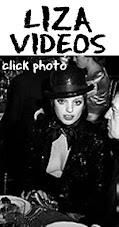


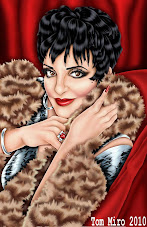

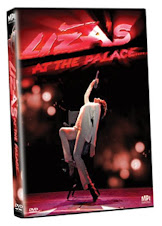






















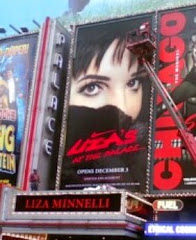



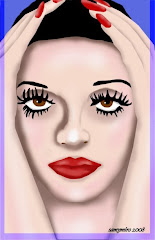
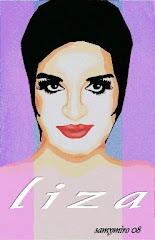


























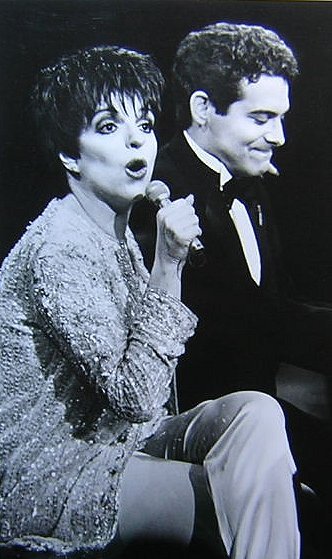


































No comments:
Post a Comment